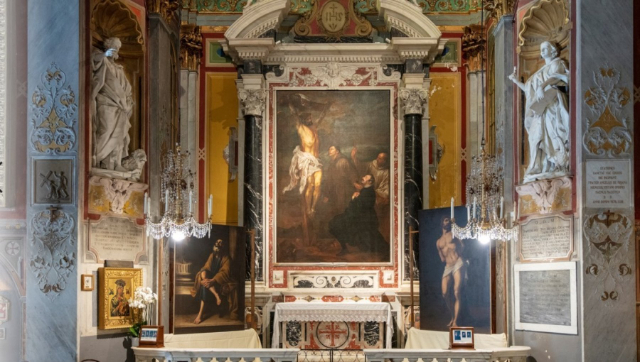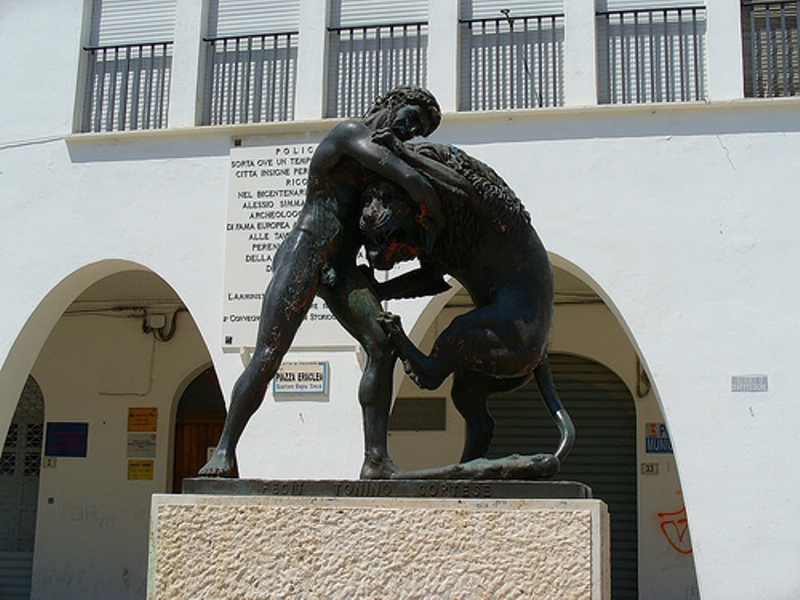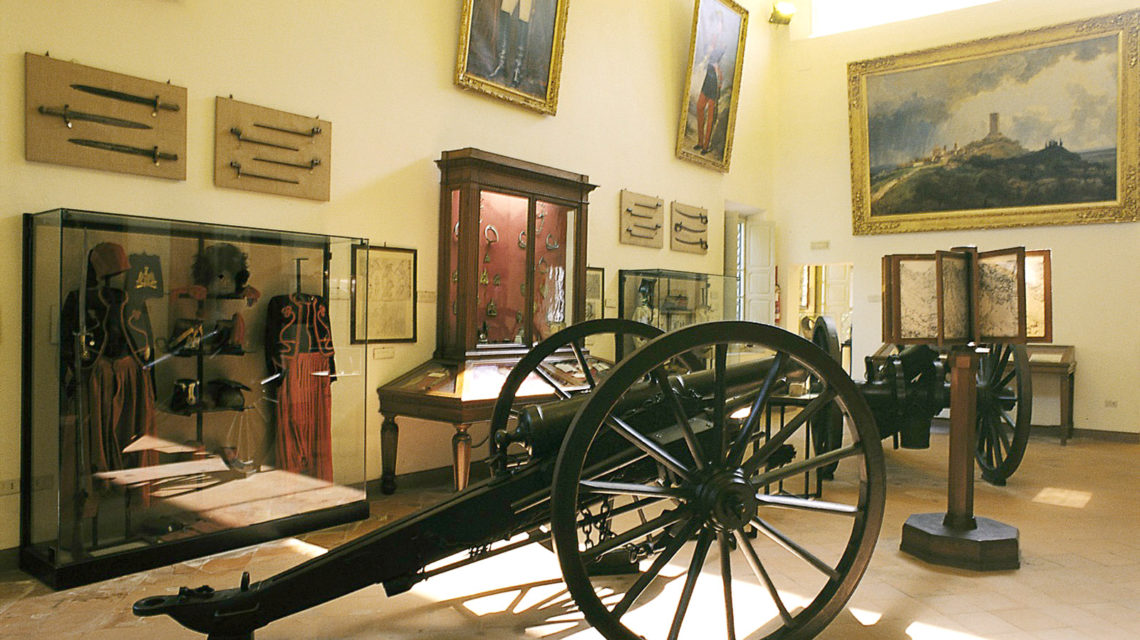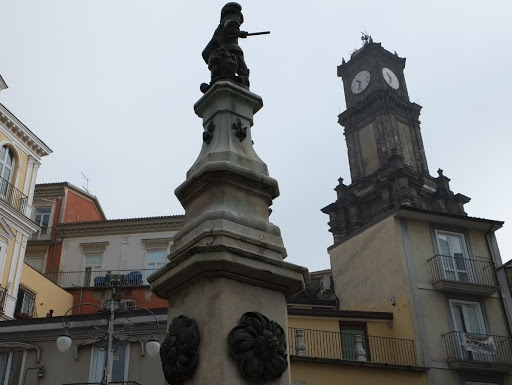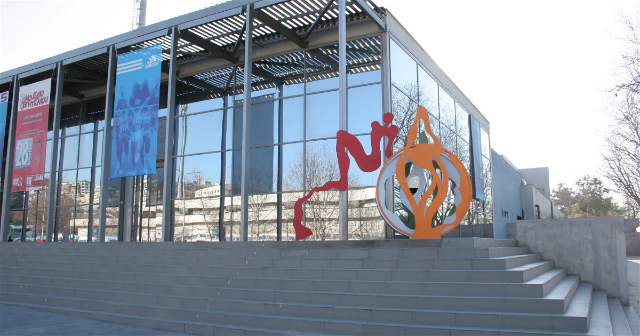The Crucifix by Antoon van Dyck, a Flemish artist who was born in Antwerp in 1599 and died in London in 1641, is a precious work preserved in the parish church of San Michele di Pagana, a charming village in eastern Liguria. This masterpiece is one of the artist’s two public paintings in Italy and is considered one of the most fascinating examples of his artistry.San Michele di Pagana is a picturesque village characterized by just a few houses, a small cove hidden among pine trees and palm trees, and is located along the short road from Rapallo to Santa Margherita Ligure. It is a place where the silence reveals the soul of the place in a special way. During the summer, when even the small beach of San Michele becomes a bustling crowd of tourists, it is difficult to fully enjoy the tranquility that characterizes it. However, it is in winter that this corner of Liguria reveals all its magic. When the north wind blows over the small towns of Tigullio, life seems to slow down to almost a standstill, and the hotels along the Riviera fall asleep under the warmth of the fireplace. In those moments, the trains that crowd the area with tourists stop unloading their crowds, and San Michele di Pagana returns to show itself in its most authentic and tranquil dimension, praised by those who have discovered and loved this place.Antoon van Dyck’s Crucifix is a work of art that adds even more charm and value to this charming Ligurian village. Its presence in the parish church of San Michele di Pagana is a testimony to the link between art, faith, and beauty, which come together in one exciting experience. This painting represents a unique opportunity to immerse oneself in the history and art of an internationally renowned artist and appreciate his skill and sensitivity in expressing the sacred figure of the Crucifix.In a place where silence and tranquility seem to awaken in winter, Antoon van Dyck’s Crucifix stands as a hidden treasure, ready to reveal itself to those who can grasp the beauty hidden in the most authentic places. Through this work of art, San Michele di Pagana becomes a meeting point between the past and the present, between spirituality and aesthetics, giving those who come here a unique and unforgettable experience.
